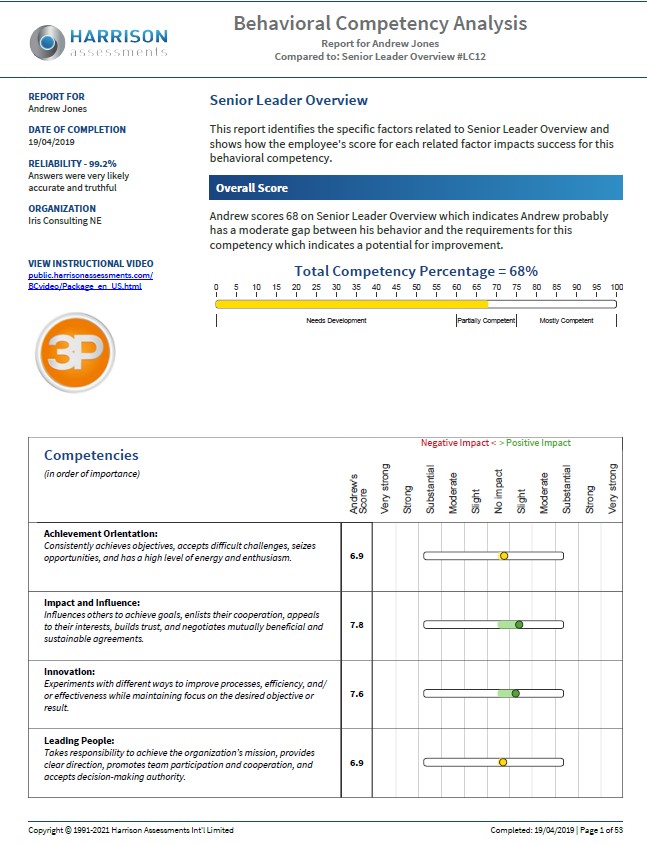We get knocked down… But we get up again – the England edition

These insightful Tubthumping lyrics will have been heard a fair few times over recent weeks and years as we saw the England team move closer to a European trophy than we’ve seen in over 50 years. And granted, this song is more about the singers bragging about their drinking prowess than leadership success, but the sentiment still rings true…
It’s not necessarily the leader or the team who never fail that are the most successful, but those who fail, learn, and come back again and incorporate those learnings that can reap even greater benefits than ever. As Nelson Mandela says,
The greatest glory in living lies not in never falling, but in rising every time we fall.
One of the most important qualities of a leader is resilience. Developing resilience, combined with perseverance, will help us and our teams not only to succeed in the good times, but to learn, grow and succeed through the crises, set-backs and ever-changing landscape we navigate.
 Resilience and Perseverance – what is it?
Resilience and Perseverance – what is it?
Someone who demonstrates resilience and perseverance is someone who persists in the face of adversity, obstacles or setbacks including effectively managing a crisis and quickly adapting to change. There are a number of supporting behavioural traits, preferences and motivations identified and benchmarked which we can consider as essential in contributing to this:
Essential Traits
- Authoritative: The desire for decision-making authority and the willingness to accept decision-making responsibility.
- Optimistic: The tendency to believe the future will be positive.
- Persistent: The tendency to be tenacious despite encountering significant obstacles.
- Pressure Tolerance: The level of comfort related to working under deadlines and busy
- Self-Improvement: The tendency to attempt to develop or better oneself.
- Stress Management: The tendency to be relaxed and manage stress well when it occurs.
- Wants Challenge: The willingness to attempt difficult tasks or goals.
Desirable Traits
Other traits that could be considered helpful though perhaps not as essential in building resilience include; analytical, collaborative, frank, influencing, relaxed, truth exploring, assertive, flexible and open/ reflective.
Traits to avoid
As with the philosophy of Ying / Yang – in that most things tend to work best when in balance – there are also a number of behavioural traits which need to be avoided that could seriously hinder developing and demonstrating resilience and perseverance such as:
|
|
|
3 reasons resilience and perseverance are important for a leader
The world of work is filled with challenges and what currently feels like a constant need to be adapting to operational challenges, financial challenges and cultural challenges.
 1 – As a leader, it’s our responsibility to lead through the good and bad. Our team needs to know that, whatever else is going on, we are there to support them and to help them learn and grow from the challenges they face too.
1 – As a leader, it’s our responsibility to lead through the good and bad. Our team needs to know that, whatever else is going on, we are there to support them and to help them learn and grow from the challenges they face too.
2 – Times of challenge can also be viewed as times of opportunity. Adapting to situations will require creative thinking and problem-solving. Facing and dealing with a crisis can offer a chance to show compassion and integrity. Getting through a struggle can give us a chance to develop and expand our leadership skill set and also to be a good role model for those around us.
3 – Facing difficulties and helping our teams to develop and grow not just in spite of, but because of those difficulties will help to strengthen our relationships with our teams, and help to build engagement and trust.
 Throughout the Euro 2020 campaign Southgate demonstrated excellent leadership qualities, generating respect and admiration across the board. Southgate’s comments on last night’s loss epitomise these qualities:
Throughout the Euro 2020 campaign Southgate demonstrated excellent leadership qualities, generating respect and admiration across the board. Southgate’s comments on last night’s loss epitomise these qualities:
It’s down to me… Nobody is on their own. That’s my call and it totally rests on me… We win and lose together.
Now he, captain Harry Kane and the team will be adding resilience and perseverance to the mix, ready to accept the disappointment of their loss, take pride in what they have achieved together, learn lessons from every match played and every shot taken and move forwards with their eyes firmly set on next year’s World Cup.
As Harry Kane has said:
We will look back and look at things we could have done better. That is what we have to learn from … that’s football and we have to get over it and move on. We have to build belief from this, we have a great young squad. We have to dust ourselves down, hold our heads high and get ready for that tournament.
It’s often said that we don’t know what we are capable of until we have to dig deep, pick ourselves up and overcome a set-back, and that we often surprise ourselves with what we can handle.
By objectively measuring our resilience and perseverance, we can explore our strengths and identify and consciously work on the areas that can help us improve it, so it will no longer come as a surprise that we can get through the challenges we face and come out the other side even stronger.
Well done to the England Team and see you at the World Cup next year… we’ll be cheering for you.
 The traits, preferences and motivations listed above have been identified and benchmarked by Dr Dan Harrison and the Harrison Assessment. Resilience and Perseverance is one of the 10 Harrison Assessment Leadership Behavioural Competencies. This framework measures people’s individual skills and areas for development against 10 essential Leadership Competencies in an objective way.
The traits, preferences and motivations listed above have been identified and benchmarked by Dr Dan Harrison and the Harrison Assessment. Resilience and Perseverance is one of the 10 Harrison Assessment Leadership Behavioural Competencies. This framework measures people’s individual skills and areas for development against 10 essential Leadership Competencies in an objective way.
Each competency is made up of a series of essential traits, desirable traits and traits to avoid. Development candidates complete a short, online SmartQuestionnaireTM. Responses are then mapped against each of the Harrison Leadership Competencies which can then highlight areas of strength and areas for development both for an individual and for a team.
You can download a sample Behavioural Competency report here.
If you would like to find out more about the Harrison Leadership Behavioural Competencies, other pre-defined competencies, or indeed about creating a bespoke competency, please call us on 07768 922244, email pat@quadrant1.com or leave us your details and we will contact you.






